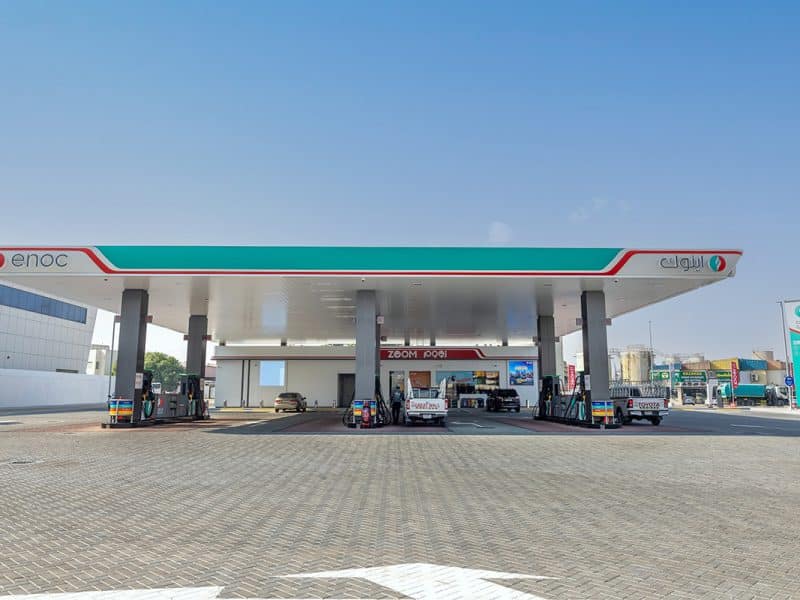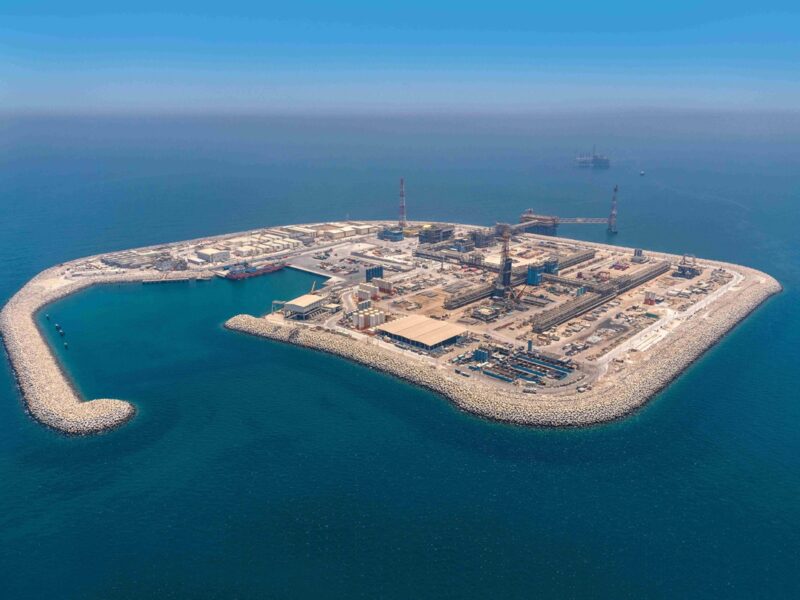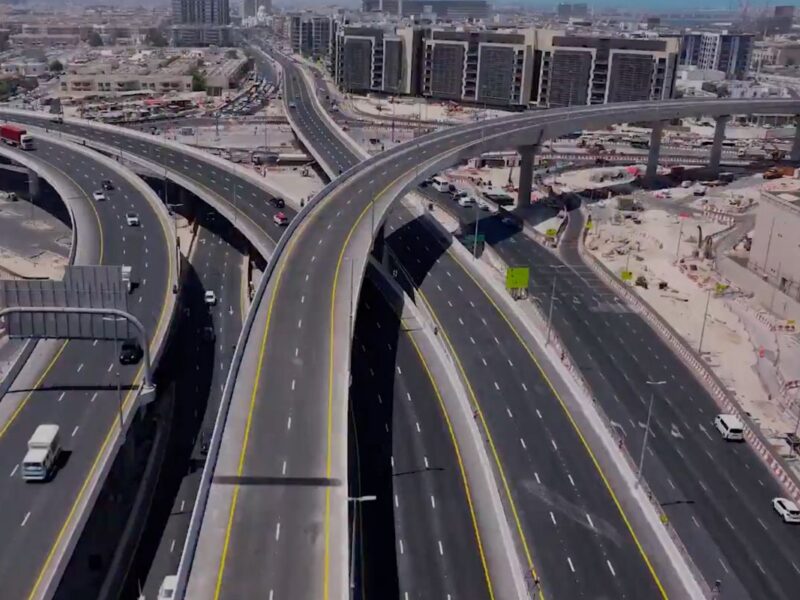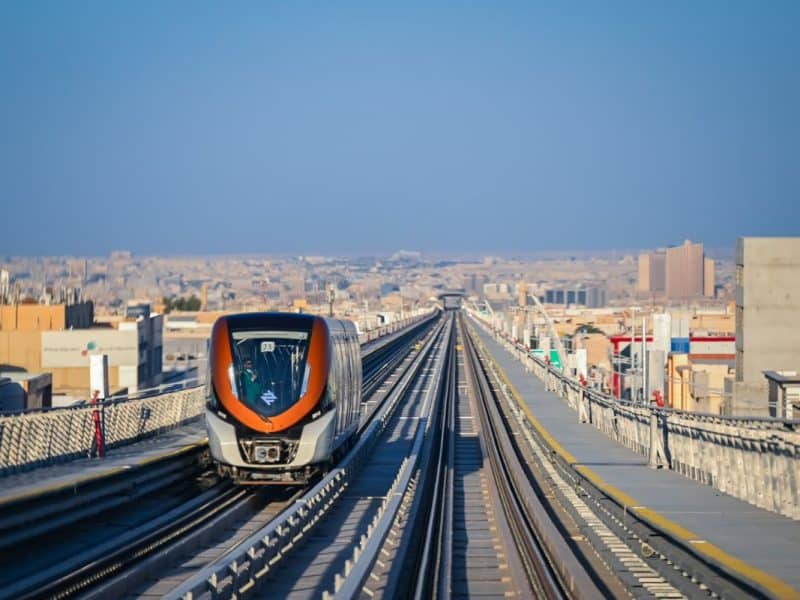Maximising recovery from existing oil and gas fields will be crucial to meeting the world’s growing energy needs as the number of undiscovered fields diminishes and the cost of new exploration increases, according to a BP representative speaking at the 15
th
Middle East Oil and Gas Show held in Bahrain from March 11-14.
“Demand for energy is expected to increase 50% to 60% by 2030, much of it from newly emerging markets,” explained Peter Roberts, Subsurface Manager, BP Abu Dhabi. “At BP, we believe the industry needs to look to increasing recovery from existing fields to meet this rising demand.”
Roberts explained how up to 50% of BP’s reserves growth since 2002 has come through the application of good reservoir management techniques which help to extend the productive field life.
“Technology and reservoir management has been essential to the progress of BP over the past five years, enabling us to add around 8 billion barrels of oil equivalent to our resource base through exploration, an additional 8 billion barrels from appraisal and revisions and to shift some 9 billion barrels of oil equivalent from non-proved to proved reserves,” illustrated Roberts.
The approach taken by BP is to fully understand the factors that influence hydrocarbon recovery and then define the optimal number of wells, production rates and pressure maintenance schemes to maximise the economic recovery.
The company has developed a range of proprietary industry-leading technologies that provide more accurate data on reservoir behaviour, allowing better decisions to be made faster and ultimately leading to higher recovery factors.
One such collection of technologies is the ‘Field of the Future’, which utilizes a combination of subsurface and surface monitoring techniques together with digital communications technology to provide BP engineers with real time data on reservoir performance. Another is BP’s ‘Life-of-Field Seismic’ (LoFS) technology, where geophones and cables are permanently installed on the seabed or desert floor to relay continuous information about the reservoir to operating centres.
“In Trinidad, for example, reservoir data gathered using the Field of the Future provided an early warning of water influx into a gas field from a nearby acquifer. Armed with this information, rapid action was taken to bring a new well online and adjust production rates for maximum total recovery,” explained Roberts, before concluding: “Pro-active reservoir management with the use of technology provides us with a better understanding of what is happening beneath the surface.”








